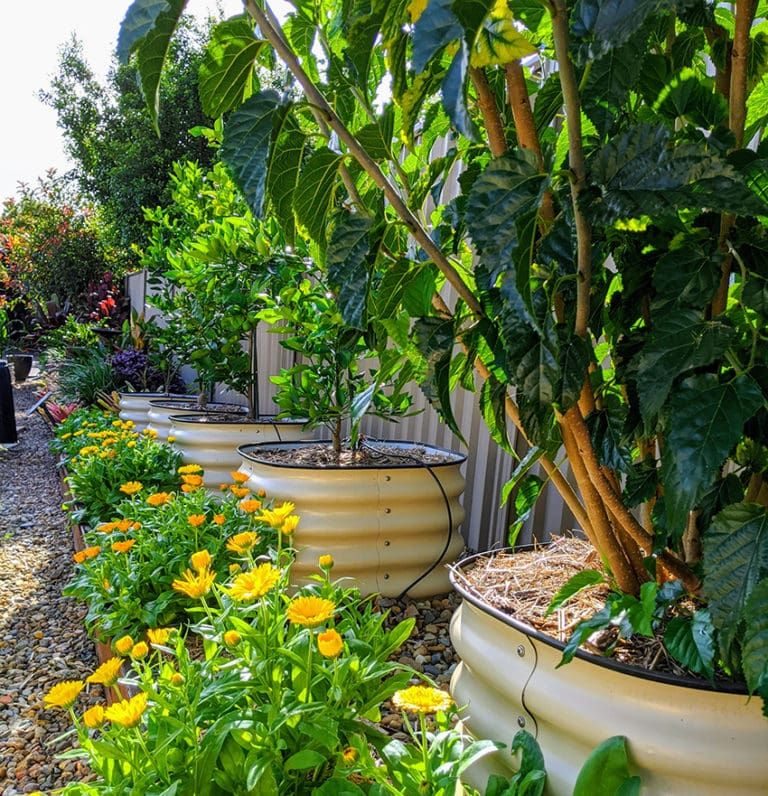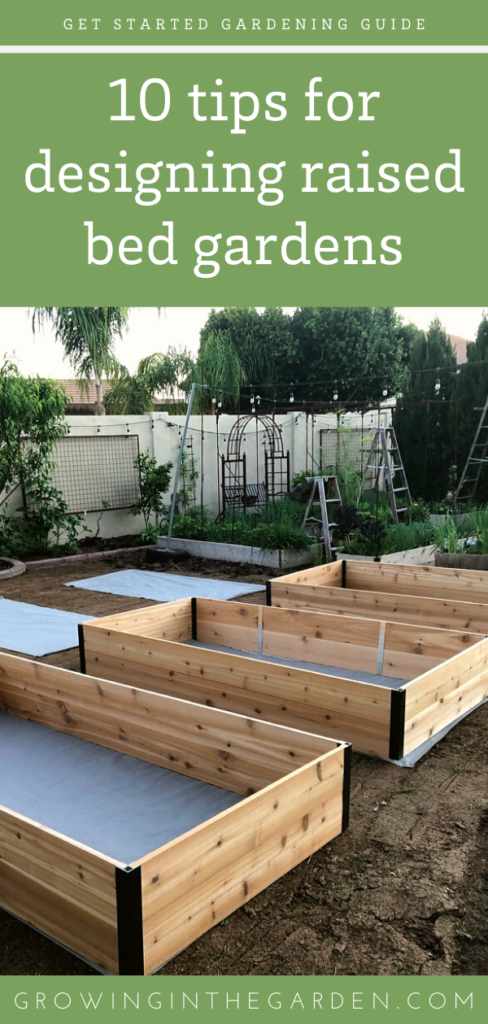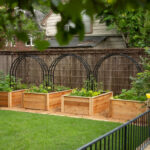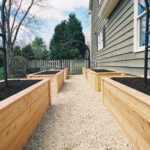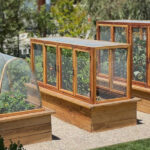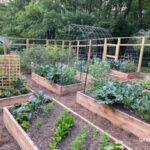Raised bed gardens have become increasingly popular in recent years, and for good reason. These beds offer a number of benefits for both novice and experienced gardeners alike. One of the main advantages of raised bed gardens is their ability to improve drainage. By elevating the soil level, excess water is able to drain more easily, preventing waterlogged soil and root rot.
Additionally, raised bed gardens offer better soil quality. Gardeners have the ability to control the soil composition in raised beds, ensuring that it is fertile and well-draining. This can result in healthier plants and higher yields. Raised beds also warm up quicker in the spring, allowing gardeners to start planting earlier in the season.
Another benefit of raised bed gardens is their accessibility. By elevating the growing surface, gardeners can work at a comfortable height without straining their back or knees. This makes planting, weeding, and harvesting much easier and more enjoyable. Raised beds can also be built at a height that is suitable for those with physical limitations, making gardening accessible to all.
In addition to their practical benefits, raised bed gardens can also be aesthetically pleasing. The raised beds themselves can be constructed from a variety of materials, such as wood, stone, or composite materials, adding visual interest to the garden. Raised beds can also help to define garden spaces and create a sense of structure and organization.
Raised bed gardens are also ideal for urban and small space gardening. They can be built on a patio or balcony, making them perfect for city dwellers with limited outdoor space. Raised beds can also be customized to fit any size or shape of garden, allowing gardeners to make the most of their available space. Whether you’re a beginner or experienced gardener, a raised bed garden can provide a number of benefits that will help you grow a successful and beautiful garden.
